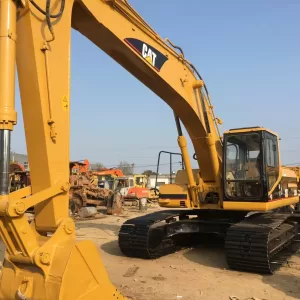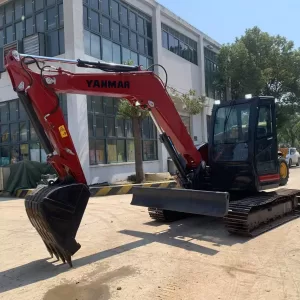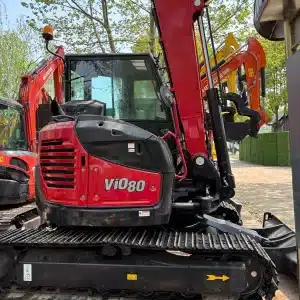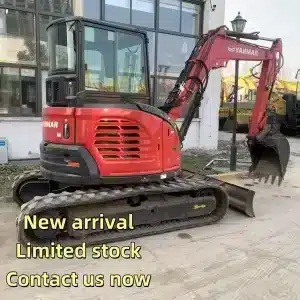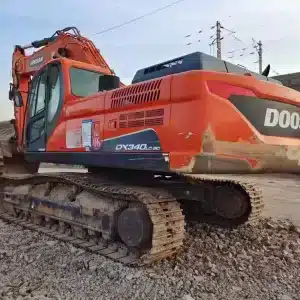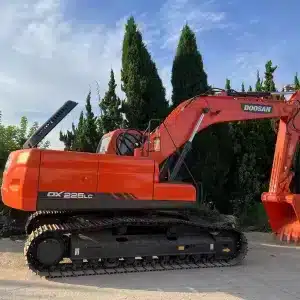Address
304 North Cardinal
St. Dorchester Center, MA 02124
Work Hours
Monday to Friday: 7AM - 7PM
Weekend: 10AM - 5PM
Introduction to Excavator Applications
Excavators are the workhorses of construction sites worldwide, offering unmatched versatility for earthmoving and material handling tasks. These powerful machines combine digging strength with precision to handle projects ranging from small residential jobs to massive industrial developments.
Core Capabilities
Excavators primarily perform digging, lifting, and material handling tasks using their boom, arm, and bucket components, with additional functionality provided by various attachments.
Primary Functions Table
| Function | Description | Common Applications |
| Digging | Removing earth/materials | Trenches, foundations |
| Lifting | Moving heavy objects | Pipe installation, debris removal |
| Grading | Creating level surfaces | Landscaping, roadwork |
| Demolition | Breaking structures | Building teardowns |
| Drilling | Creating holes | Fence posts, pilings |
Key components enabling these functions:
Operational Workflow
Excavators perform site preparation, material handling, and finishing work through coordinated movements of their hydraulic components and attachments, controlled by an operator in the cab.
Typical Construction Site Tasks
Industry Applications
Excavators are essential for construction, mining, landscaping, utility work, and demolition projects, with different sizes and configurations suited to specific job requirements.
Project Type Breakdown
| Industry | Typical Excavator Size | Primary Uses |
| Residential Construction | 1-8 tons | Foundations, pools, landscaping |
| Commercial Construction | 8-30 tons | Site prep, structural work |
| Road/Highway | 20-45 tons | Earthmoving, drainage |
| Mining/Quarry | 30-90+ tons | Material extraction, loading |
| Demolition | 8-50 tons | Structure teardown, debris handling |
Specialized applications include:
Over two dozen specialized attachments can transform an excavator’s capabilities, from hydraulic hammers for demolition to grapples for material sorting and augers for drilling.
Popular Attachment Options
| Attachment | Primary Use | Industries |
| Hydraulic Hammer | Breaking concrete/rock | Demolition, mining |
| Grapple | Handling debris/logs | Waste management, forestry |
| Auger | Drilling holes | Fencing, construction |
| Tilt Bucket | Precision grading | Landscaping, finish work |
| Compactor | Soil compaction | Roadwork, foundation prep |
Attachment Compatibility Guide
| Excavator Size | Recommended Attachments |
| Mini (1-6 ton) | Buckets, augers, compactors |
| Midsize (7-20 ton) | Hammers, grapples, thumbs |
| Large (20+ ton) | Shears, crushers, rippers |
Conclusion: The Indispensable Excavator
From small backyard projects to massive industrial developments, excavators serve as the foundation of modern construction and earthmoving operations. Their core digging and lifting capabilities, combined with endless attachment possibilities, make them the most versatile heavy equipment investment.
Why Choose Our Excavators?
Whether you need a compact mini excavator for utility work or a heavy-duty machine for mining operations, we have the perfect equipment solution. Contact our experts today to match the right excavator to your project requirements.
